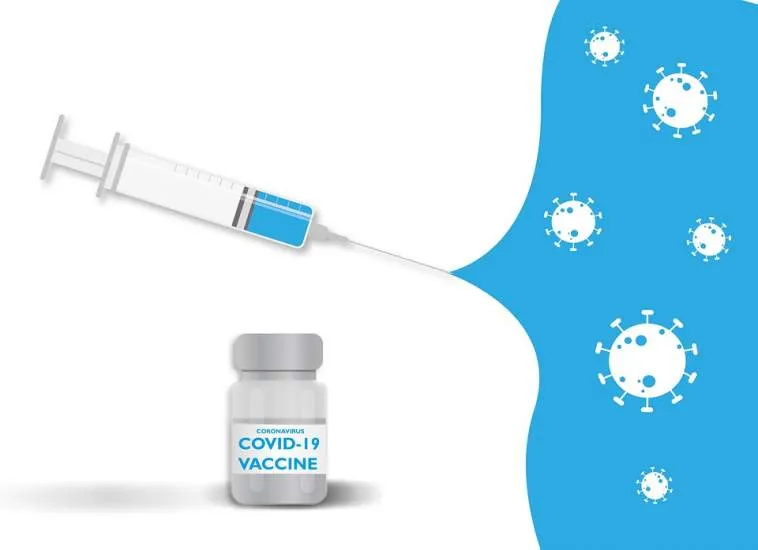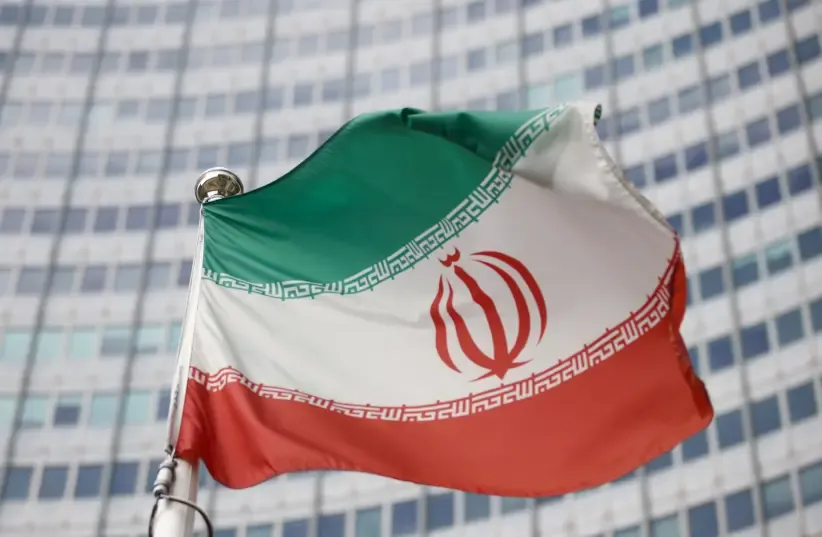From FiveThirtyEight.com….
When lives are on the line, a dose of hope can easily turn into a cultural battle.
In the 1990s, doctors and patients searching for better treatments for breast cancer got excited about a new, controversial therapy. It showed big promise in early studies but lacked the kind of conclusive, solid proof that makes medicine mainstream. The treatment — called high dose chemotherapy plus autologous bone marrow transplant, or HDC-ABMT — basically concentrated doses of chemo drugs in the bloodstream like orange juice in a can, delivering high doses — and dangerous side effects. One of the early studies showed 40 percent improvements in three-year survival rates compared to standard chemo.
But insurance companies didn’t want to pay for it, because they didn’t believe there was enough evidence to prove it was effective and safe. The results, while promising, were coming from trials that lacked the statistical guardrails that help scientists sort coincidence from causality. Frustrated oncologists and their patients fought back with a media blitz and millions in congressional lobbying, eventually winning a series of lawsuits against the insurance companies. More than 41,000 patients received HDC-ABMT. “It became a highly politicized innovation,” said Wendy Lipworth, a professor of health ethics at the University of Sydney in Australia.
And then it turned out that the insurance companies had been right all along. By 2001, five high-quality, randomized controlled trials had found no evidence that HDC-ABMT did anything. The treatment was toxic and dangerous, and it didn’t help.






